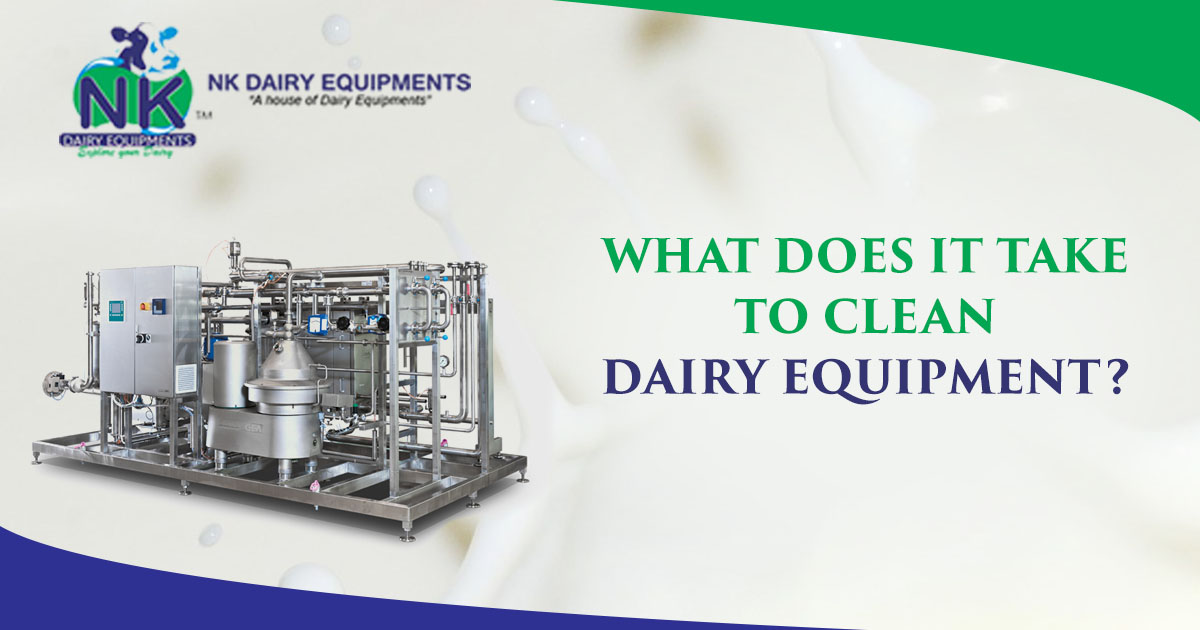All the Dairy Equipments related to milk, appliance area which are related to Milk, are usually very dirty or have muck. Hence, they must be washed properly, and also decontaminated and made ready before using it again.
Immensely huge chambers must also be kept clean post each milk delivery and disinfected before each milking session. The main motive of cleaning it nicely is to take out any soils, natural and lifeless solids which settle on the vessel post removal of milk. Cleaning and disinfecting greatly help in killing unconsumed pathogen which is present on these surfaces after milking. Not cleaning properly or not being careful while disinfecting will let the pathogens to stay on the vessel for as long as possible and then reproduce.
Vessels get contaminated due to:
Natural Soils
They form the most part of the natural elements of Milk, which is the Proteins, fats, Sugars. It becomes essential to eradicate the soil from the surface as soon s you can post the process of milking because their stickiness to vessels will increase over time, which will dry the soils. Post dryness and hardening, they will take a shape of sediment, which will be all the more difficult to remove.
They can be removed by:
Medium for cleaning
For productive cleaning of milk vessels, the first thing which has to be done is an examination of water reserve for the crystal hardness and also selecting a cleaning medium which is friendly with water. When the hardness of water extends to 20 grains per cup, it will become important to boost the disinfectants absorption.
Mostly, a salty cleanser, along with acid cleaner is used for cleaning purposes. The cleaners mostly have basic alkalies or lime, present in them. The milk fats melt in it, along with all the proteins, carbohydrates. Bleach or chlorine works on removing protein sediments.
Safety measures to be taken.
- All the material for cleaning should be kept locked in a separate room, where none can enter. The room should preferably be a cool one and the lightning should also be good so that the names of materials can be well read.
- Cleaning agents repellent material like hand gloves, eye protection masks or glasses or face safeguards, footwear to protect feet should all be used while handling cleaning agents.
- All the labeling should be done in a proper way, preferably in bold, along with the instructions to operate, while mixing all material be sure to go out in a well-ventilated area.
- Care should be taken while combining acids, always add them slowly, to the water, and also keep in mind never ever to mix with hot water.
- Chlorine Compound should never be added to other detergents or any kind of acid, as they can be life-threatening.




